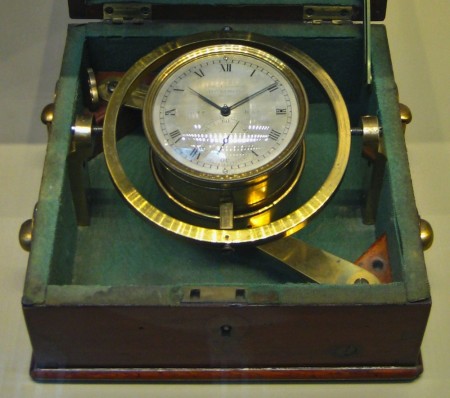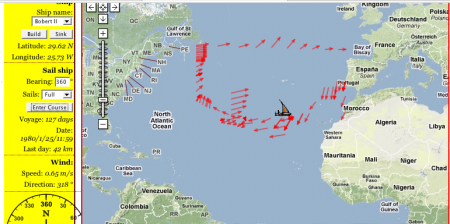I’d like to try this idea for writing assignments:
Every assignment would be delivered in five versions: A three page version, a one page version, a three paragraph version, a one paragraph version, and a one sentence version.
I don’t care about the topic. I care about the editing. I care about the constant refinement and compression. I care about taking three pages and turning it one page. Then from one page into three paragraphs. Then from three paragraphs into one paragraph. And finally, from one paragraph into one perfectly distilled sentence.
Along the way you’d trade detail for brevity. Hopefully adding clarity at each point. This is important because I believe editing is an essential skill that is often overlooked and under appreciated. The future belongs to the best editors.
Each step requires asking “What’s really important?” That’s the most important question you can ask yourself about anything. The class would really be about answering that very question at each step of the way. Whittling it all down until all that’s left is the point.
— Jason F. (2010) in Signal vs. Noise: The class I’d like to teach.





